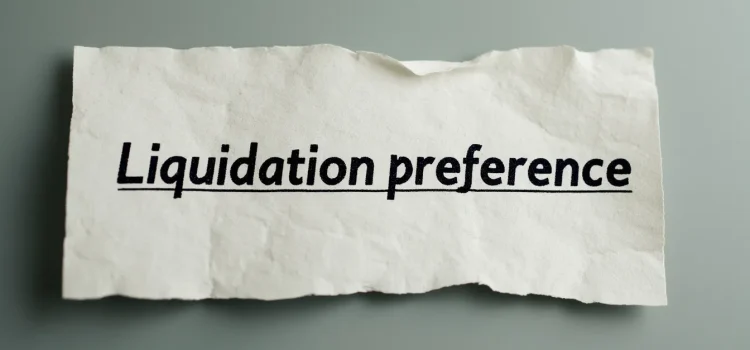
What happens to your startup’s proceeds when it’s sold? How do liquidation preferences determine who gets paid first?
In Venture Deals, Brad Feld and Jason Mendelson explain how liquidation preference impacts the distribution of funds during a company sale. This crucial term sheet provision can mean the difference between founders walking away with profits or empty-handed when their startup gets acquired.
Keep reading to understand how liquidation preferences work and why they matter for your startup’s future.
Liquidation Preference
The authors write that liquidation preference is a key term sheet idea that determines who gets paid first and how much in the event of a sale of the company. They note that, if you’re not careful about how you structure your liquidation terms, you could wind up with nothing when your company gets sold. Let’s look more closely at how this works.
Preferred stockholders, typically the investors, are first in line during such an event and get paid based on contractually defined ratios. Common stockholders, often including the founders themselves, get their payout next—if there’s anything left to be paid out after the preferred stockholders get their payday.
This order of payment can significantly affect what (if anything) common stockholders receive from an acquisition. If the sale price is less than what VCs have invested, common shareholders may end up with nothing.
For example, let’s say you’ve raised $4 million from VCs in exchange for 25% of your startup, and your term sheet stipulates that the VCs receive preferred shares with liquidation preference equal to their investment amount. Unfortunately, market conditions change drastically, and after some time, you have no choice but to sell your company for just $3 million. Here, due to the liquidation preference clause in place, the VCs get to recoup their $4 million investment before anyone else gets paid. However, since the sale price is only $3 million, that entire amount goes toward fulfilling as much of that original agreement as possible—leaving nothing for you.
| Liquidation Preference and the Risk of “Unicorn” Status Some financial writers note additional risks that come from liquidation preference clauses in term sheets. They write that liquidation preferences can drive up valuations because they reduce risk for investors—since VCs know that, even if the startup doesn’t perform well, they’re still likely to recoup their initial investment. This reduced risk allows VCs to invest larger sums, which, as we’ve seen, drives the post-money valuation higher. Founders might initially welcome the increased VC investment that can come from liquidation preference clauses since it inflates their startup’s valuation and may gain them entry into the so-called “unicorn club”—private companies valued over $1 billion. However, these inflated valuations can come with downsides. If a startup fails to meet the overly high expectations set by its valuation, it could trigger a forced sale where VCs are paid first due to their liquidation preference. This could leave founders with nothing if the sale proceeds don’t exceed both the investment and the preference. |






